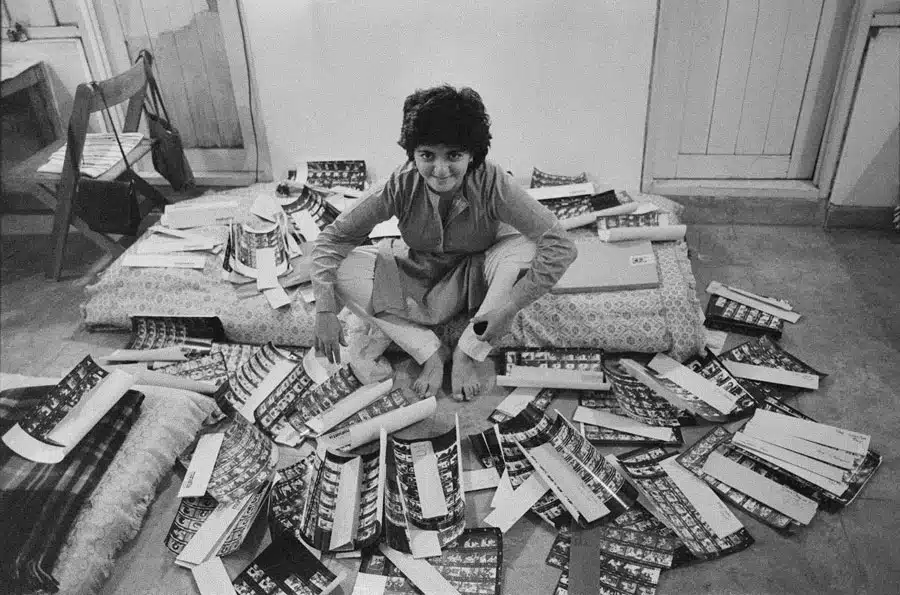Photographs are everywhere. They are images that exist both as pieces of the real world and as captivating portals to other awe-inspiring lands. Since the introduction of the camera in the mid-1800s, photography has exploded, from being the mainstay of the wealthy to gradually coming into the lives of the everyday Indian, be it through the introduction of the photo studio in the early 20th century or the smartphone in the 21st century. Here, we look at the life and work of 10 iconic Indian photographers, pioneers of the medium, who have given us the images that have shaped not only the artform, but also how we look at the world.
1. Raghu Rai (1942 –)
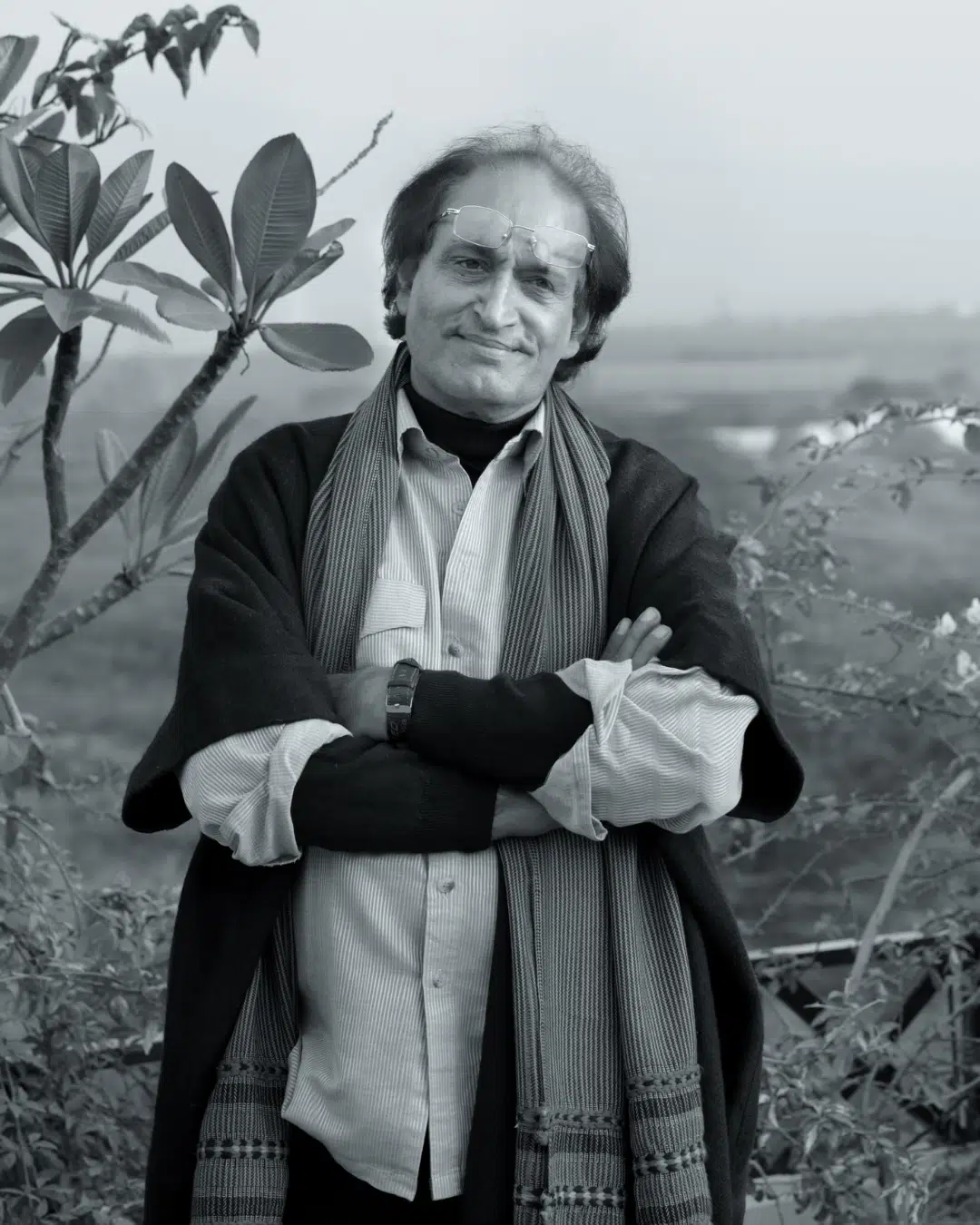 A portrait of the celebrated photographer, Raghu Rai. Courtesy of Raghu Rai Foundation
A portrait of the celebrated photographer, Raghu Rai. Courtesy of Raghu Rai Foundation
The first Indian photographer to be nominated into the ranks of the prestigious Magnum Photos, Raghu Rai took up the camera as a photojournalist at the daily newspaper, The Statesman at the age of 23. His work as a photojournalist here and at other influential publications took him all over the country, to places of war and disaster such as Bhopal in the wake of the 1984 Gas Tragedy along with places of celebration such as musical concerts by the likes of Pandit Ravi Shankar and Hari Prasad Chaurasia, experiences that formed the crux of Rai’s lifelong practice. His characteristic black and white photographs are odes to the entire spectrum of humanity, from instantly recognisable figures such as Indira Gandhi, Mother Teresa and Satyajit Ray to the anonymous populations on the fringes. Awarded the highest Indian civilian honour, the Padmashree in 1972 for his moving photojournalism of the Bangladesh War of 1971 and the refugee crisis that ensued in its wake, Rai holds a special place in the history of Indian photography. As he says, “for me, my country is my whole world. Even if I close my eyes, I can feel it.”
2. Pushpamala N. (1956 –)
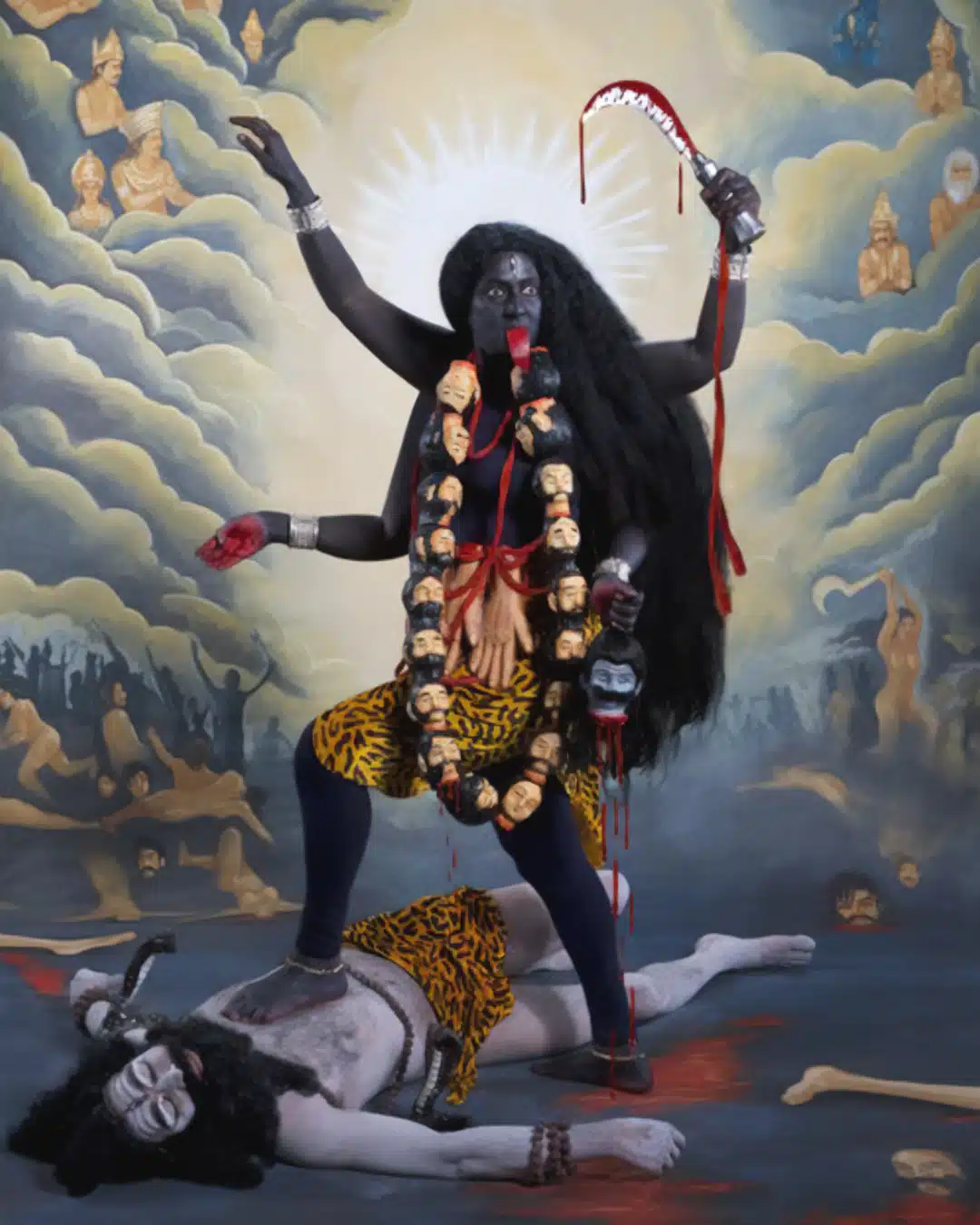 Pushpamala N. Kali, 2014. Archival inkjet print. Courtesy of Nature Morte
Pushpamala N. Kali, 2014. Archival inkjet print. Courtesy of Nature Morte
Aptly called “the most entertaining artist-iconoclast of contemporary Indian art”, Pushpamala N. is known for her ‘performative photographs’ that draw on pop culture to challenge dominant cultural narratives through a uniquely feminist lens. Starting her career as a sculptor, the artist moved to photography and video work in the 1990s with a series of ‘photo-romances’ or staged narrative photographs in which the artist cast herself in various fictional and melodramatic roles inspired by classic archetypes for women in films. “I like jokes, I like the vernacular, I’m interested in theory,” says the artist, for whom irony and masquerade has been a constant technique and spills into photo books such as Native Women of South India: Manners and Customs satirising colonial ethnography, and her ongoing Mother India Project in which she takes on the culturally loaded forms of Goddess Kali and Mother India.
3. Ram Rahman (1955 –)
 Ram Rahman. A portrait of photographer Raghubir Singh, 1982. Gelatin silver print. Courtesy of The Metropolitan Museum of Art
Ram Rahman. A portrait of photographer Raghubir Singh, 1982. Gelatin silver print. Courtesy of The Metropolitan Museum of Art
A photographer who is also a curator, designer and activist, Ram Rahman is known for his iconic images of Indian cities, especially its capital, New Delhi, and their artists and intellectuals. Rahman’s approach to photography is witty yet critical and socially-informed, documenting his subjects with a careful balance of the playful and the sobre, the personal and the public. “I am not concerned with conventional composition,” says the photographer, “but rather capturing something of the spirit of the person.” Besides his own practice, Rahman has been a champion of art and culture too, as one of the founders of the Safdar Hashmi Memorial Trust (SAHMAT) in New Delhi in 1989, committed to the preservation of the pluralist and democratic spirit of creative expression in India. Rahman has also authored several seminal publications on photography including a monograph on Sunil Janah, the pioneering Indian photojournalist.
4. Sunil Gupta (1953 –)
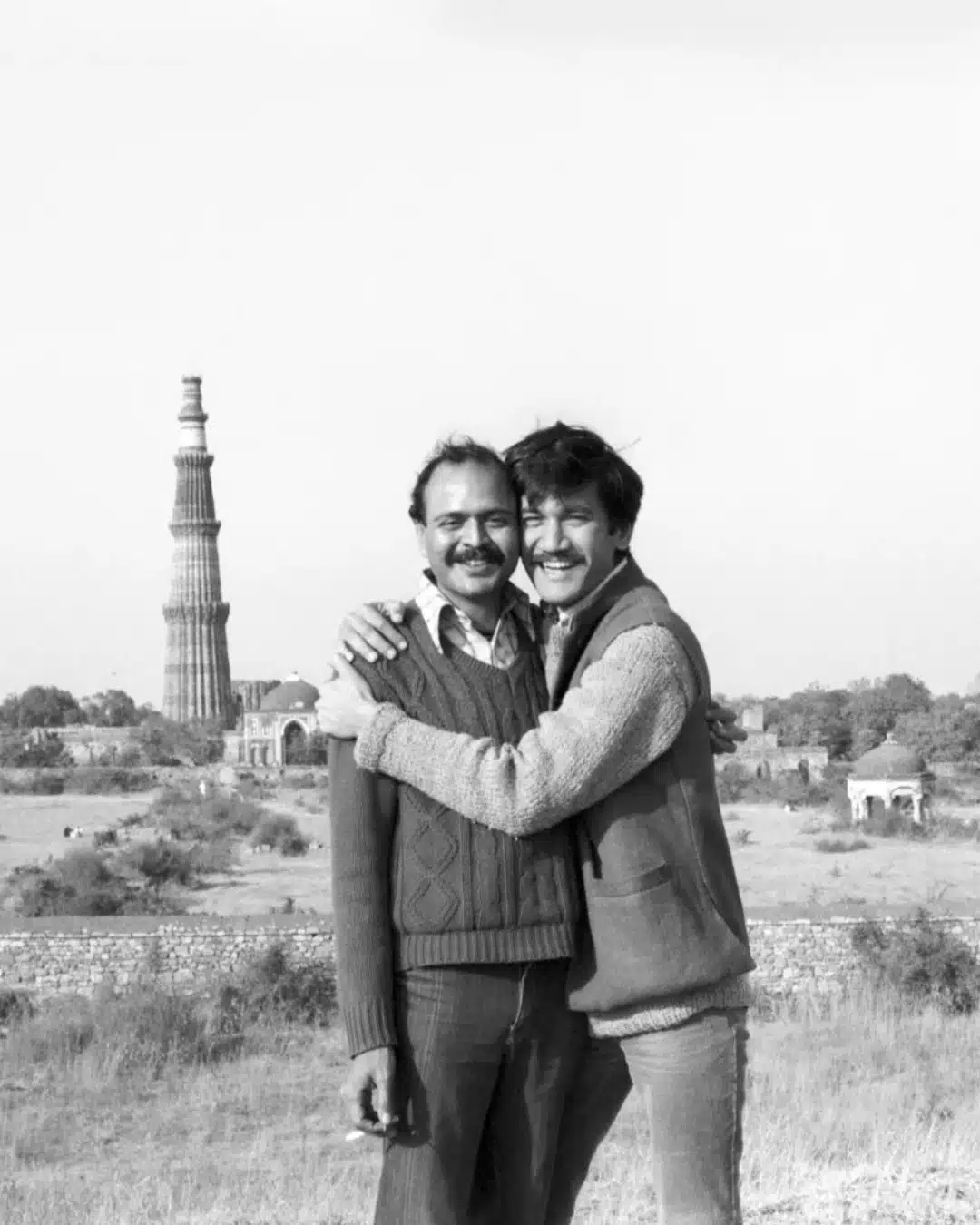 Sunil Gupta. Towards a Gay Indian Image, 1983. Archival inkjet print. Courtesy of Vadehra Art Gallery
Sunil Gupta. Towards a Gay Indian Image, 1983. Archival inkjet print. Courtesy of Vadehra Art Gallery
“I had a natural subject, the gay subject,” says the Delhi-born Sunil Gupta about what kept him going as a photographer. Gupta, who moved to Montreal at the age of 15, and later to New York and London, became increasingly interested in queerness and migration as both personal and artistic subjects. These have been abiding interests throughout the artist’s career, along with his life-long mission to “bring the gay Indian image into the cannon of art history.” The resulting works, such as the seminal Exiles and Towards a Gay Indian Image created in New Delhi the 1980s, are moving portraits of invisibilised gay cultures of Delhi at the time, set against the backdrop of the city’s most iconic public monuments and parks. Not just gay identity, Gupta has also tackled intersecting issues of race, class and ethnicity through projects such as Arrival documenting LGBTQ+ asylum seekers in the UK from all over the world, portraits from which were exhibited in Birmingham during the Commonwealth Games in 2022.
5. Ketaki Sheth (1957 –)
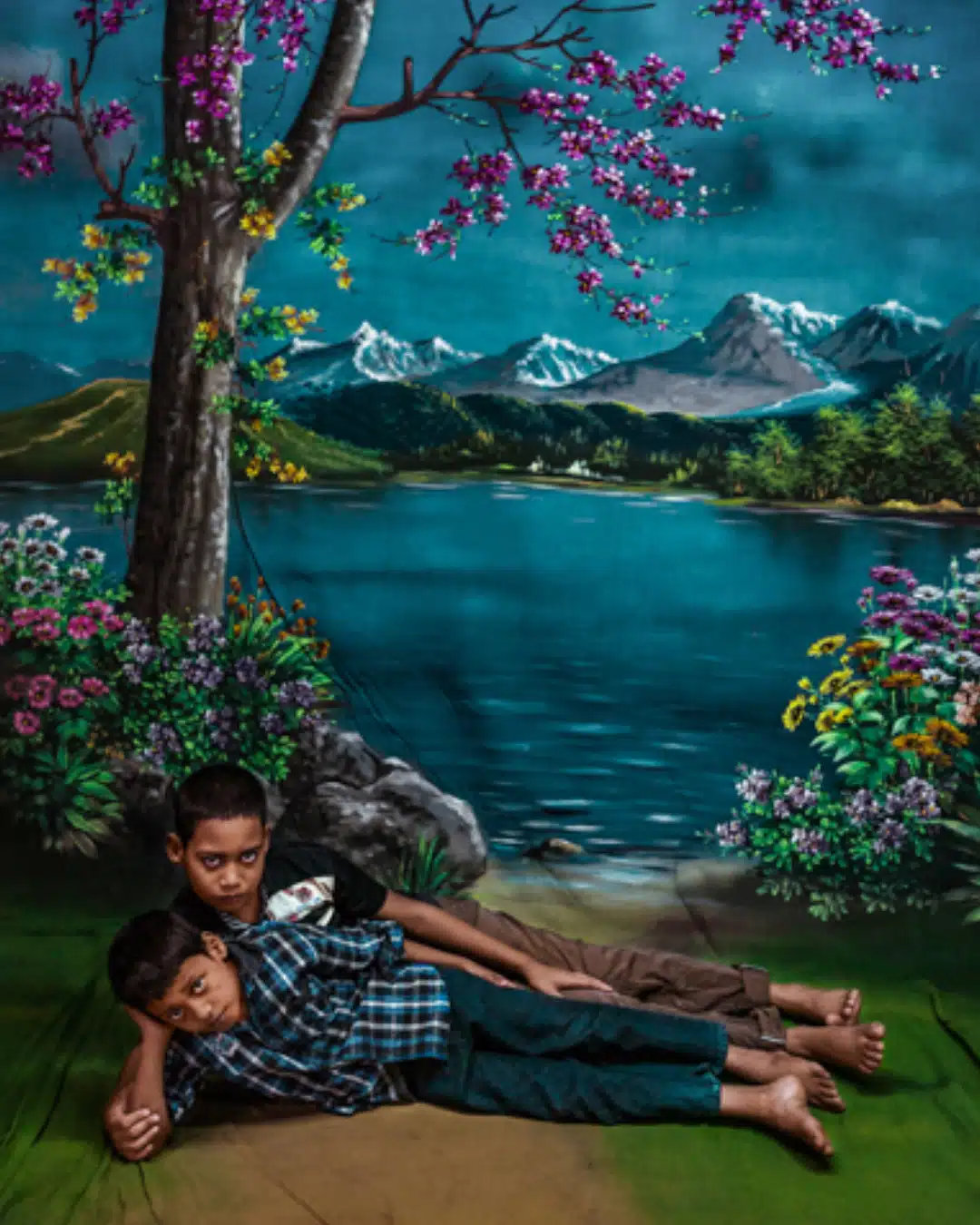 Ketaki Sheth. Thara Studio, Ramanathukara, 2016. Pigment print. Courtesy of PHOTOINK
Ketaki Sheth. Thara Studio, Ramanathukara, 2016. Pigment print. Courtesy of PHOTOINK
Known for her minimal black and white photographs that capture surprising moments between their multiple subjects, Ketaki Sheth began her career photographing the streets of her home-city Mumbai under the guidance of photographer Raghubir Singh. Following her migration to the London in the 1990s, the photographer developed an life-long interest in diasporic communities, apparent through projects like Twinspotting, a series of more than a hundred portraits of twin siblings from the Patel community in the United Kingdom and A Certain Grace, a document of the life of the Sidi community in Gujarat originating in East Africa. The artist has also forayed into colour photography with her 2015–2018 series Photo Studio, an ode to the classic Indian photo studio in which the studio itself becomes the subject instead of only a backdrop.
6. Sohrab Hura (1981 –)
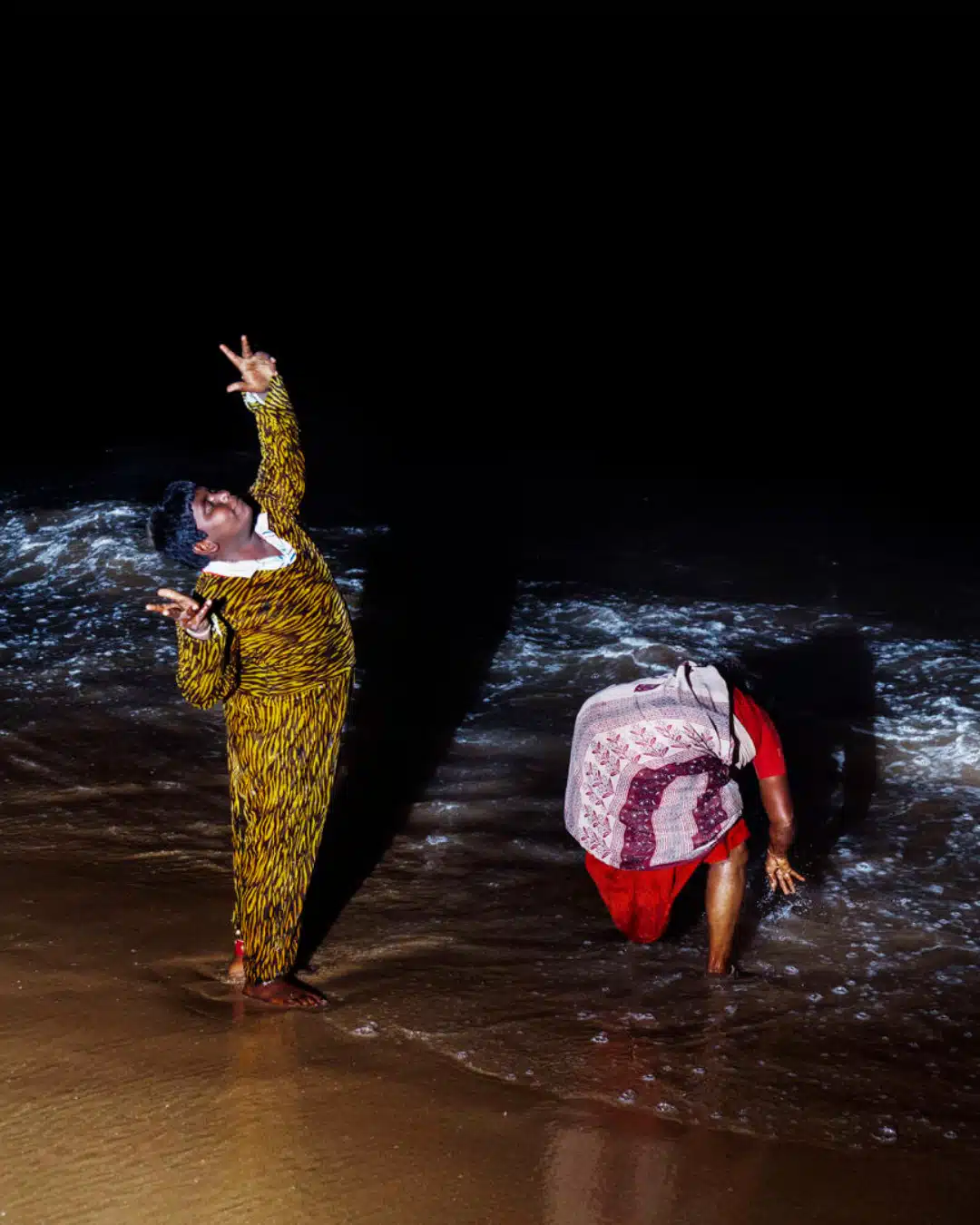 Sohrab Hura. The Coast series, 2013-2019. Archival pigment print. Courtesy of Experimenter
Sohrab Hura. The Coast series, 2013-2019. Archival pigment print. Courtesy of Experimenter
Only the second Indian to be nominated into the prestigious ranks of Magnum photographers, Sohrab Hura is a self-taught artist and photographer best known for his surrealist image-making. Born in Chinsurah, West Bengal, Hura began his career as a photojournalist documenting farmers protests in Central and North India. Not long afterwards, his practice took an introspective turn. “I had to make the conscious decision to turn the lens inwards before turning it outwards,” says the artist. Since then, he has created several ‘photo-journals’ focused on his mother and the detritus of family life. These photographs, along with his subsequent projects on spaces outside the home, like Snow, an exploration of Kashmir, are pervaded by a characteristic sense of foreboding, sparse with dark backdrops and starkly lit objects, animals and human bodies that can be seen as codes to the photographer’s own mind.
7. Dayanita Singh (1961 –)
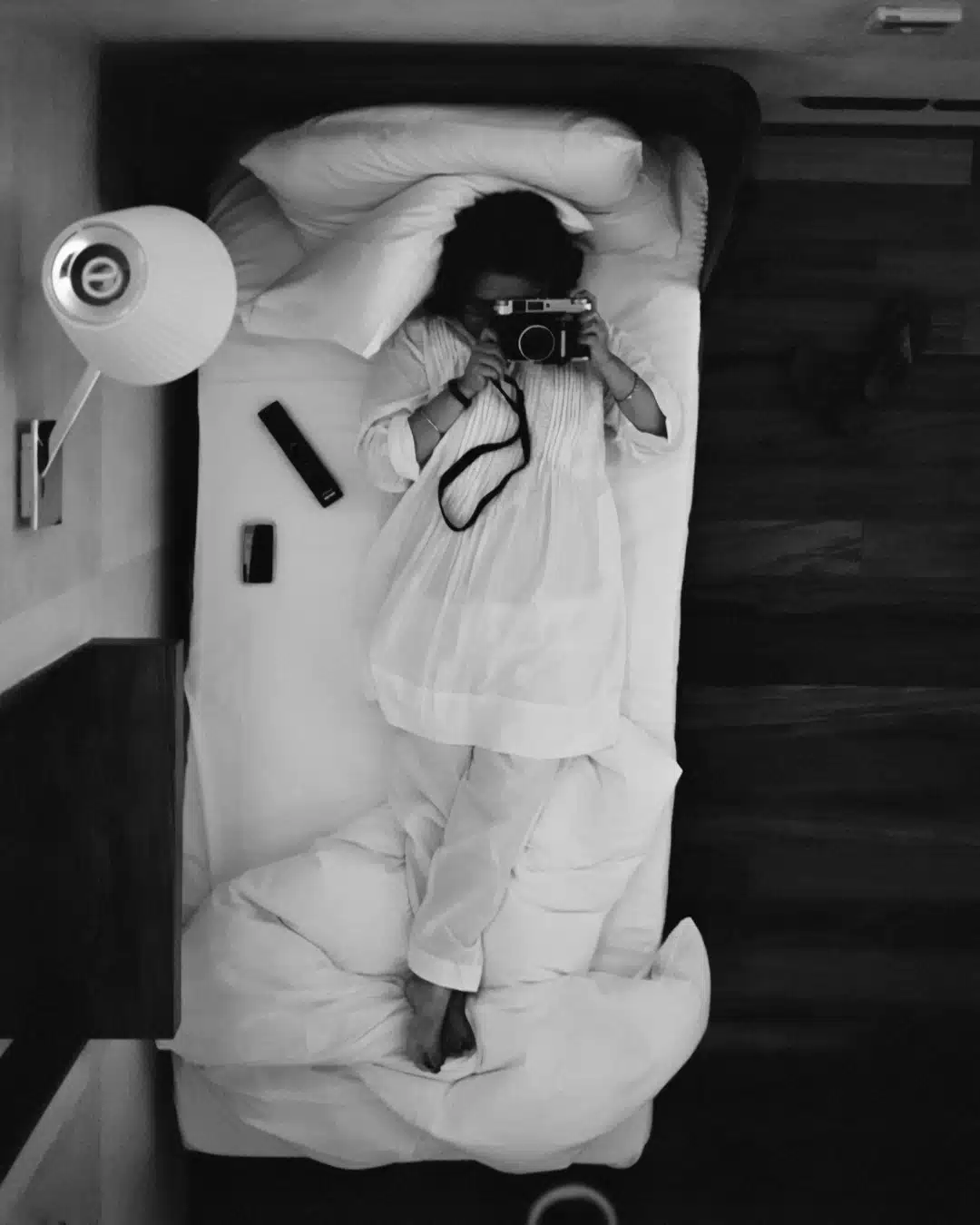 Dayanita Singh. Dancing with My Camera, 2013. Courtesy of Gropius Bau
Dayanita Singh. Dancing with My Camera, 2013. Courtesy of Gropius Bau
One of India’s most internationally known photographers, Dayanita Singh is a photographer, book-builder, archivist and curator, working not in individual photographs but in sets that take the form of books, book-objects and boxes, and invite viewers to participate in their storytelling. These works become objects not only to be looked at but to be played with, such as the acclaimed Museum Bhavan, in which she presents photographs within wooden panels in the form of an imagined museum that can be endlessly rearranged and curated. In her dozen or so photo books created in collaboration with the German offset publisher, Steidl, we see the recurring figures that have fascinated the artist all her life — from her very first subject, the Hindustani music maestro Zakir Hussain, to Mona Ahmed, a person from the hijra or third gender community Singh met in 1989 on a journalistic assignment and who later became her closest friend.
8. Gauri Gill (1970 –)
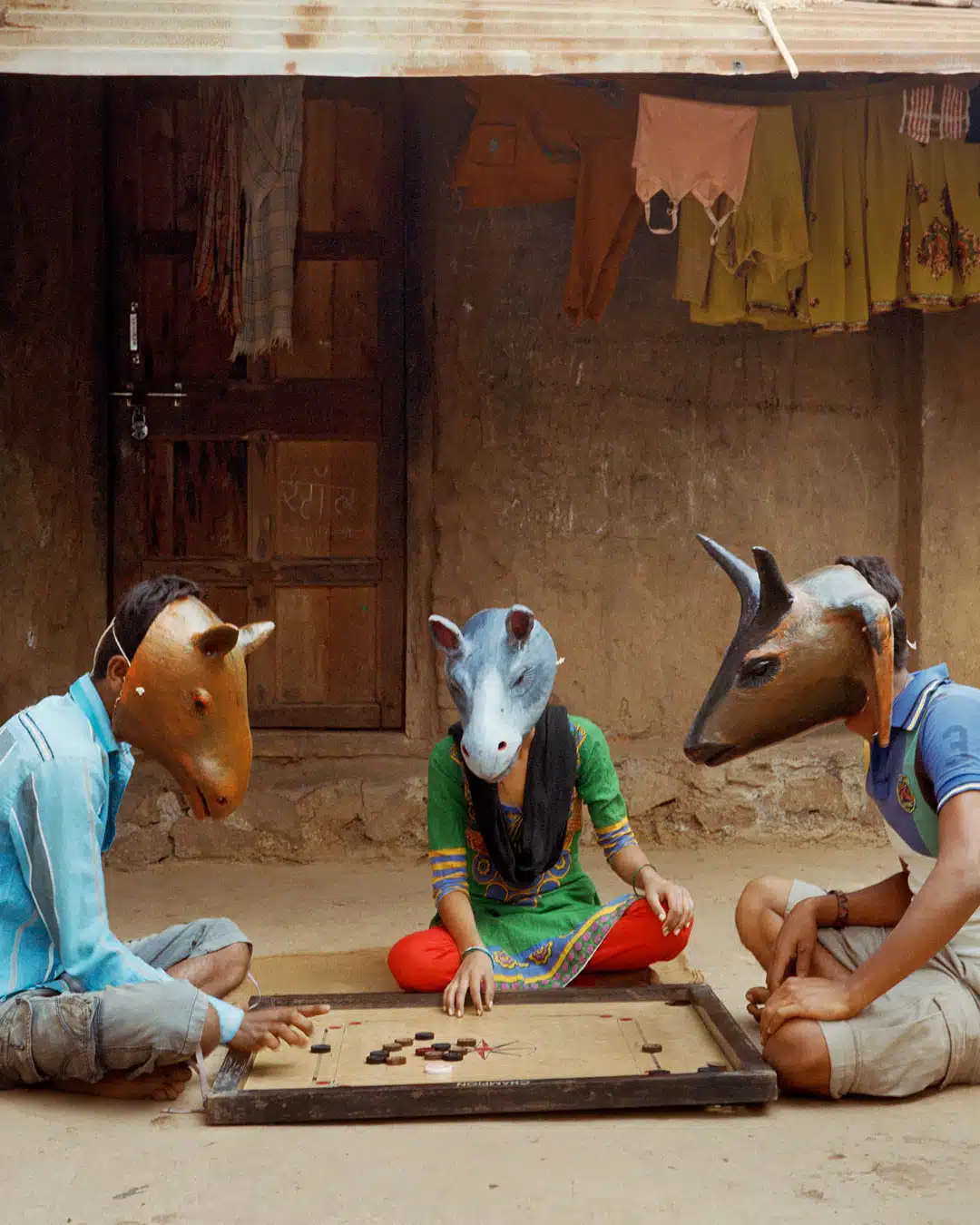 Gauri Gill. Acts of Appearance series, 2015-ongoing. Archival pigment print. Courtesy of Gauri Gill
Gauri Gill. Acts of Appearance series, 2015-ongoing. Archival pigment print. Courtesy of Gauri Gill
Considered one India’s “most thoughtful photographers active today”, Gauri Gill builds deep connections with her subjects, most of whom are part of marginalised rural communities living across India. Gill’s photographs are not only documents of her subjects, but also testaments to her close relationships with them, and often take the form of collaborative projects, such as Fields of Sight in which her photographs of coastal Maharashtra are painted over by the Warli artist, Rajesh Vangad. Some of her most prominent works come her decades long engagement with Jogi, Muslim and Bishnoi communities in rural Rajasthan as part of a series titled Notes from the Desert, an ongoing project that the artist started in 1999, and which encompasses a sweeping view of life in the desert state, starting from scenes of a midwife at work, to portraits of young girls at a village fair, to a poignant series dedicated to graves in the sand.
9. Cop Shiva (1979 –)
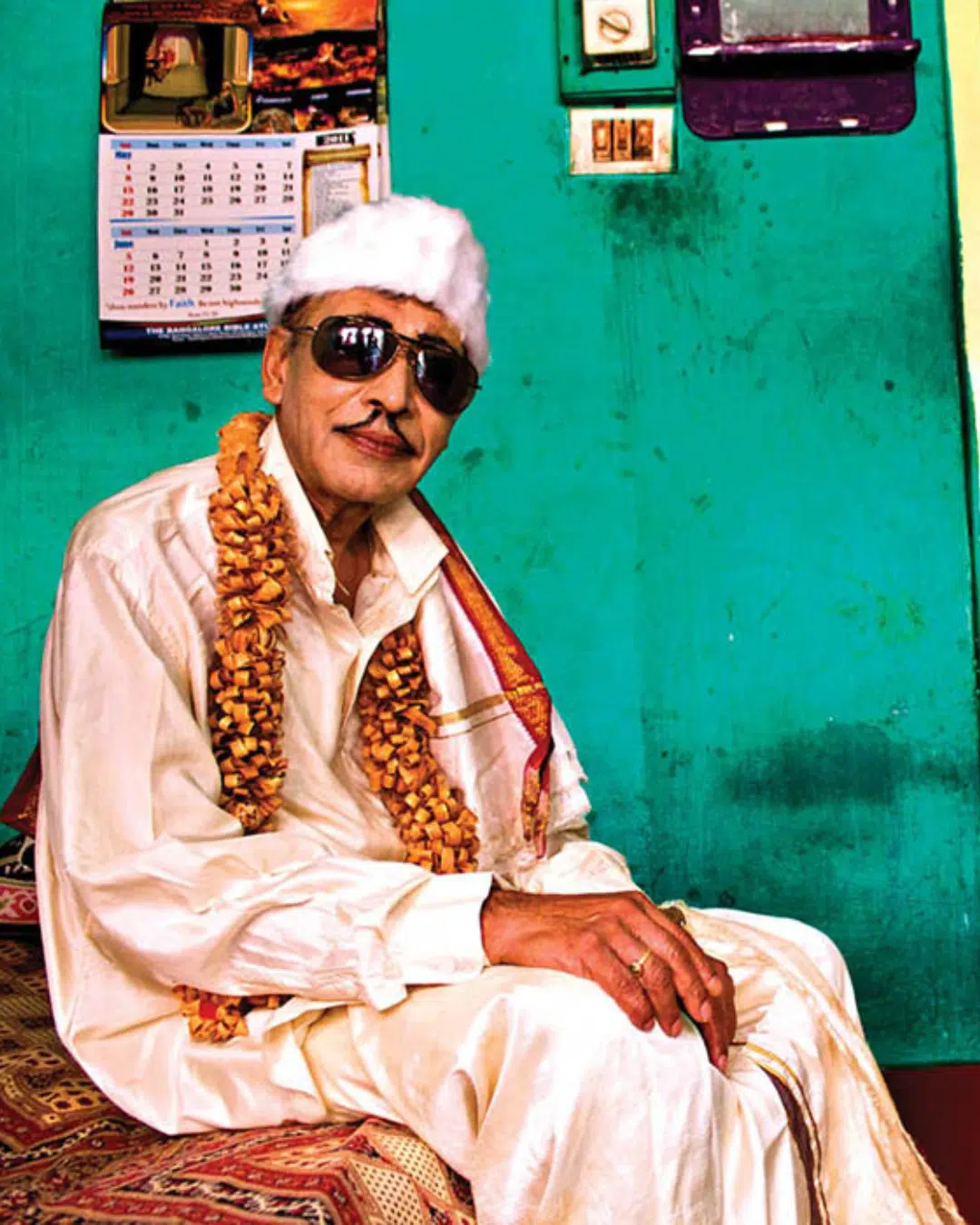 Cop Shiva. I Love MGR, 2009. Hahnemuhle photo rag bright white paper. Courtesy of the artist
Cop Shiva. I Love MGR, 2009. Hahnemuhle photo rag bright white paper. Courtesy of the artist
“I am fascinated with the idea of masquerade,” says photographer Cop Shiva, and “the roles people play in public and private”. Born in Bangalore and once a police constable, Shivaraju B.S. aka Cop Shiva began his dedicated career as a photographer in 2010 and has since then become one of the most prominent photographers in India. Known for his vivid portraits that reveal the stranger side of life, some of Shiva’s most beloved projects include Being Gandhi, a documentation of a day in the life of Byagadehalli Basavaraj, a Gandhi-impersonator, as he gets into costume, and I Love MGR, the subject of which is Vidyasagar, a man who disguises himself daily as the film actor and politician, M. G. Ramachandran.
10. Ronny Sen (1986 –)
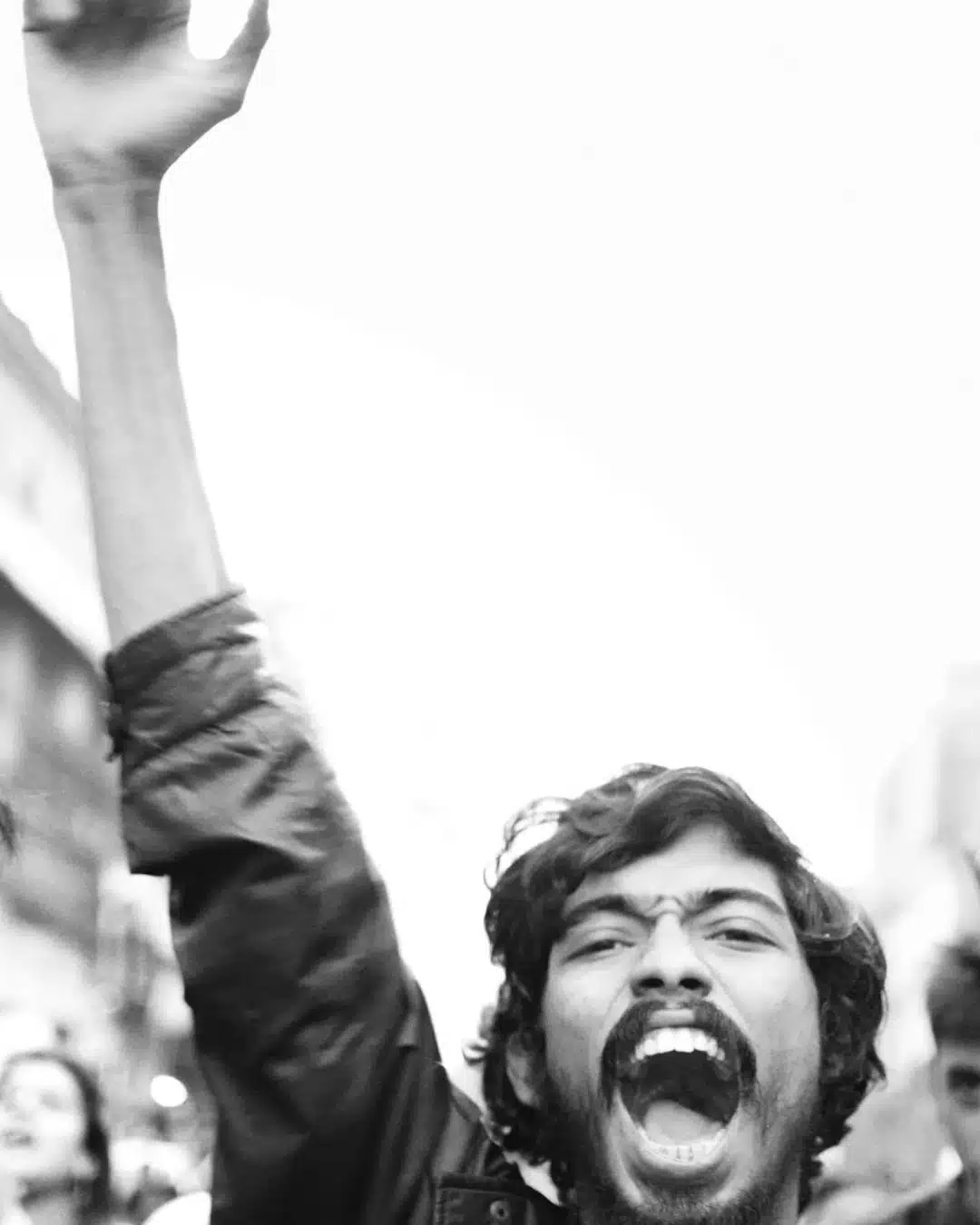 Ronny Sen. Portrait of Protest II, 2019. Pigment print. Courtesy of Tarq
Ronny Sen. Portrait of Protest II, 2019. Pigment print. Courtesy of Tarq
Born in Silchar, Assam and now based in Kolkata, Ronny Sen is known for his rigorous exploration of political and ecological questions through photography and film. Having studied journalism and grown up in a family of political activists, much of Sen’s work pays homage to the lives of the ‘ordinary’ and often forgotten communities of the country—be it through his photographs of the Jharia coal mines in Jharkhand titled End of Time or the intimate portraits of train travellers in Don’t Breathe. “Images can change the world,” the photographer believes and uses the medium powerfully to make sense of the chaos he perceives in his world. Not just a photographer, Sen is also a writer and filmmaker, and has won several accolades for his debut feature film, Cat Sticks.


